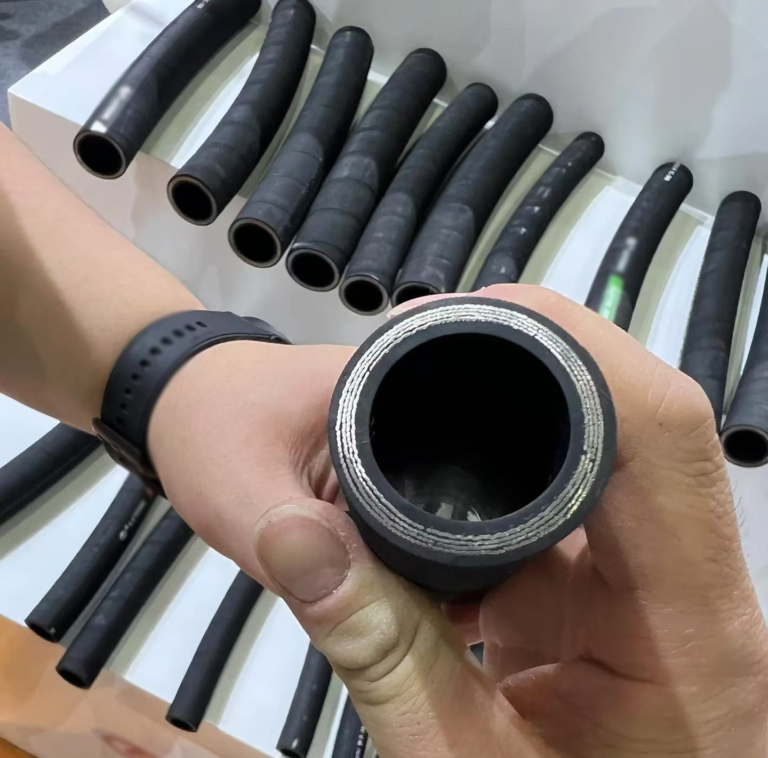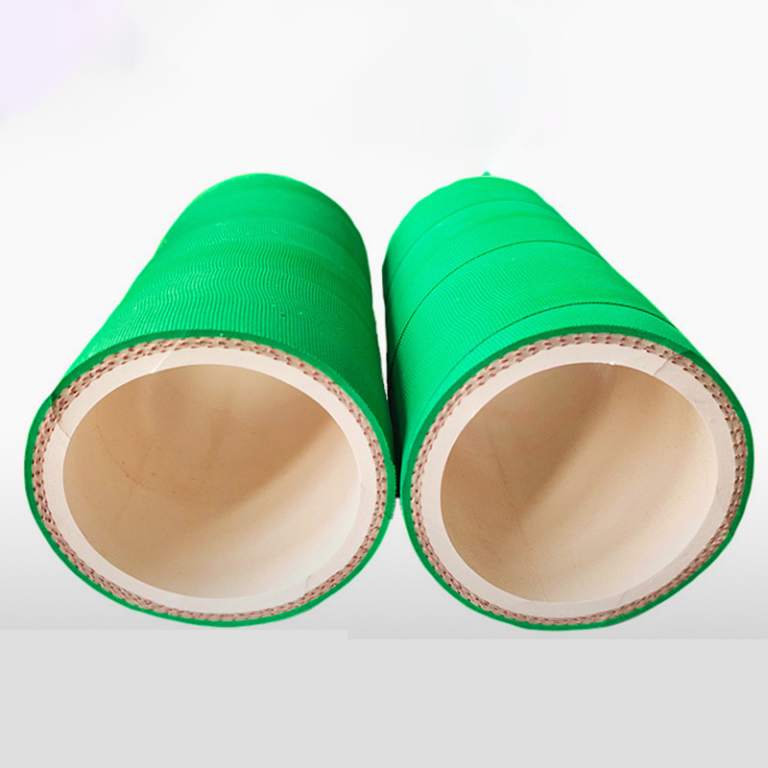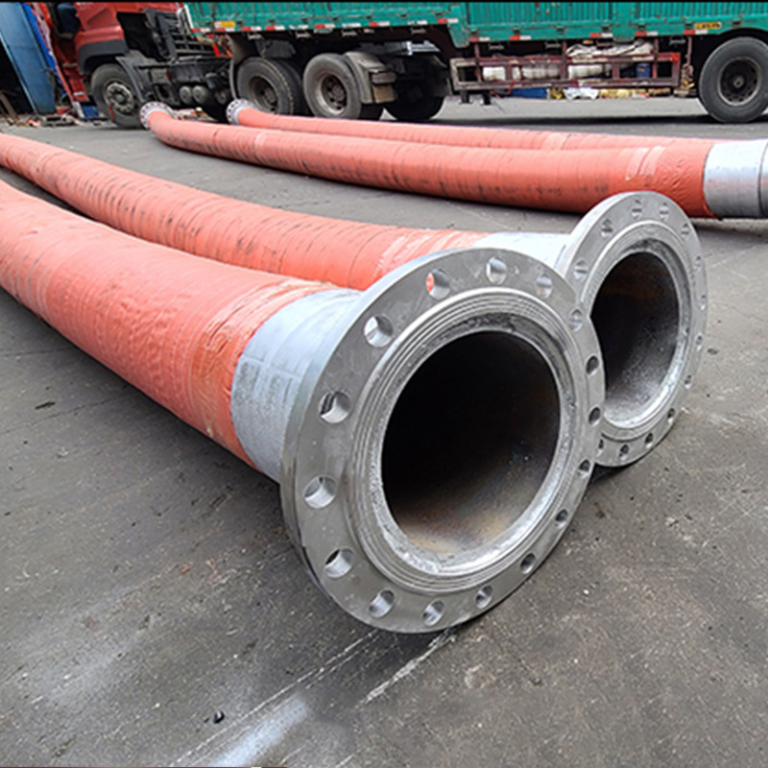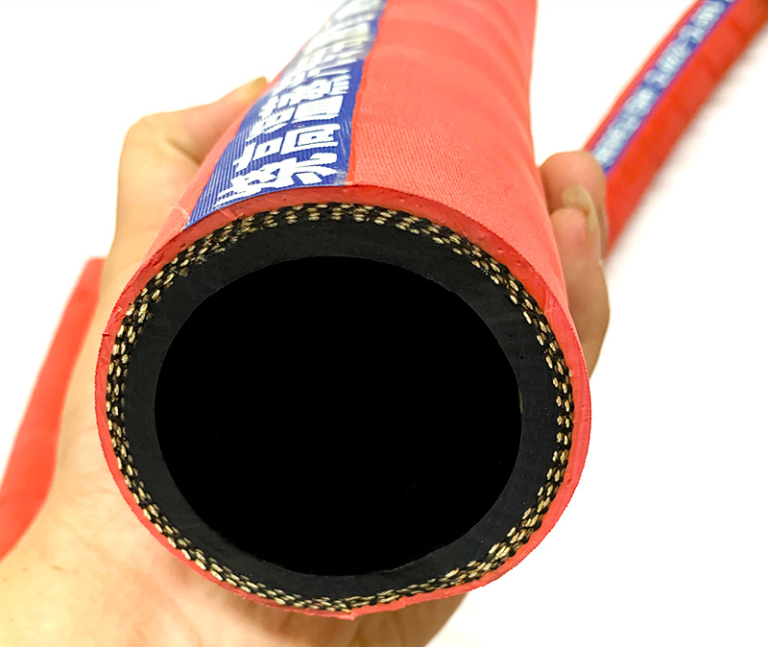Characteristics of rubber sandblasting hose:
The sandblasting hose is a specially designed hose suitable for all sandblasting applications. It adopts an ultra thick and extremely wear-resistant pipe design, which can extend the service life of sandblasting. Specially designed for high-speed transportation of sand, steel balls, and other abrasive materials used for building maintenance, repair, or cleaning and finishing of metal parts, stone, or glass. It is an anti twist sandblasting hose that can withstand external abuse and internal wear. Its electrostatic conduction tube can dissipate static electricity to prevent dangerous clicks.
Characteristics of sandblasting tube:
Windproof and Rainproof Cover
Excellent wear resistance
When can the sandblasting hose be replaced?
Understanding the signs of sandblasting hose wear will enable you to replace it at the appropriate time, thereby maximizing your productivity and profitability. Early replacement is not cost-effective, and later replacement will affect productivity and safety.
① External signs of damage
The simplest way to check for wear is to visually look for signs of damage on the external sandblasting hose. Discovering voids, cracks, fissures, or material erosion on the outer wall is a reliable phenomenon that requires replacement of the hose.
② Integrity of hoses
Another way to identify a hose is to squeeze it. Sandblasting hoses should be compressed every 20 centimeters in length. Suitable hoses are difficult to compress. If the hose is compressed during compression, it indicates that the inner wall has been corroded due to abrasive flow and should be replaced. If there is only one concave position and it is close to one of the ends, the worn part can be cut off and the accessory can be connected to the end.
③ The layout of compromise
If the blasting worker bends the hose with a severe radius, the hose may wear out prematurely. This is very unsafe. Because the wear point is close to the operator. To prevent dangerous wear points, operators should stretch the hose to the widest possible radius (close to straight) during blasting. This involves the entire length of the hose from the sandblasting tank to the operator.






